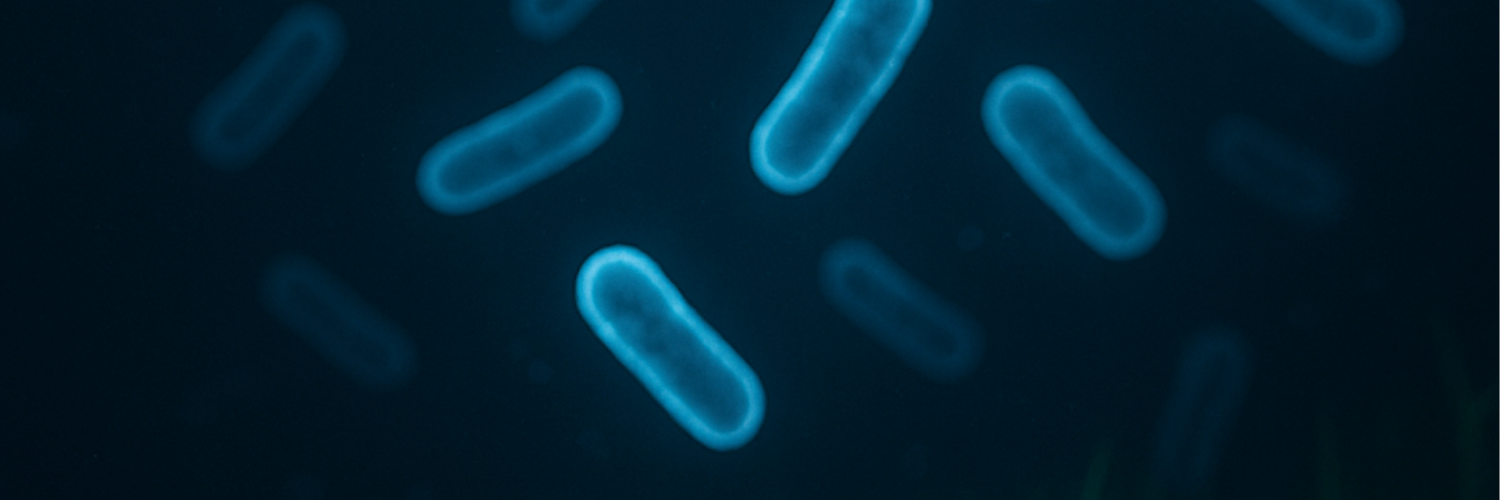In the field of water quality monitoring, accurately and rapidly detecting bacterial contamination is critical for public health, environmental protection, and operational efficiency. With several technologies now available – from traditional culture methods to advanced real-time sensing – choosing the right approach depends on a range of factors, including speed, accuracy, field deployability, and cost.
This article compares four leading bacterial detection methods: traditional membrane filtration, defined substrate technology (DST), polymerase chain reaction (PCR), and Proteus Instruments’ innovative targeted in-situ fluorescence spectroscopy. By examining their principles, workflows, and response times, we highlight the strengths and limitations of each technique to help inform better decisions in microbial water monitoring.
Targeted in-situ fluorescence spectroscopy
Manufactures: Proteus Instruments Limited
Principle: Utilises the intrinsic fluorescence properties of organic matter in aquatic environments to detect signals of microbial activity.
Location: Field.
Method steps:
- Identify the wavelength pair(s) required to target. For bacteria detection this will typically be Tryptophan-like fluorescence (TLF) with the option for additional wavelength pairs, e.g. Blue-Green Algae.
- Record TLF simultaneously with temperature and any other parameters of interest e.g., turbidity.
- Using a series of paired samples, create and validate the relationship algorithm between the raw-TLF signal and the bacteria counts of interest.
- Apply algorithm to instrument for continuous, real-time measurement.
Time to first response: <1 second.
Time to final response: <1 second.
Polymerase Chain Reaction (PCR)
Principle: Utilises enzymatic techniques to amplify specific DNA sections. This process produces millions of copies of the targeted segment, allowing the detection and analysis of genetic material.
OR
This method utilises specific enzymes to make many copies of a specific segment of DNA. By copying it many times, scientists can detect and study tiny amounts of genetic material.
Location: Field
Method steps:
- Denaturation to separate DNA strands (~95oC)
- Annealing for the primers to bind to target DNA (50-65oC)
- Extension where DNA polymerase synthesises the new DNA strands (72oC)
Time to first response: 20-30 minutes (field enabled device)
Time to final response: 2 hours (field enabled device)
Defined Substrate Technology (DST)
Principle: Targets enzymes that are unique to the target bacteria (E. coli or coliforms more generally) whilst supressing the activity of non-target bacteria. This enables an efficient method of both identification and counting.
OPNG is often used as the substrate for total coliforms, as it reacts with the enzyme β-galactosidase which is used by coliform bacteria.
MUG is used as a substrate for E. coli, as it reacts with the E. coli specific enzyme β-glucuronidase.
Location: Field
Method steps:
- Sample Preparation; collection, filtering and adding reagents.
- Incubation; pH and temperature control plus final reagents depending on target.
- Measuring of enzyme activity for result. Enzymes include OPNG (coliforms) & MUG (E. coli)
Time to first response: >1 hour (some automated methods)
Time to final response: 14-18 hours
Membrane filtration Cultures
Principle: A traditional method which uses filters to capture and then grow bacteria on selective, chromogenic mediums to identify bacteria. Often involves a two-stage incubation and is a presumptive assay, after which additional confirmatory testing can take place to confirm bacteria presence.
Location: Laboratory.
Method steps:
- Prepare growth medium (e.g., MLGA) and filter samples, often includes a serial dilution. Filters placed onto agar.
- Incubation: Usually overnight, requiring 4 hours at a lower temperature followed by ~18 hours at a higher temperature.
- Counting: Count using the colours for each target group.
- Optional confirmatory testing of enumerated colonies.
Time to first response: 12 hrs
Time to final response: 18 hrs


